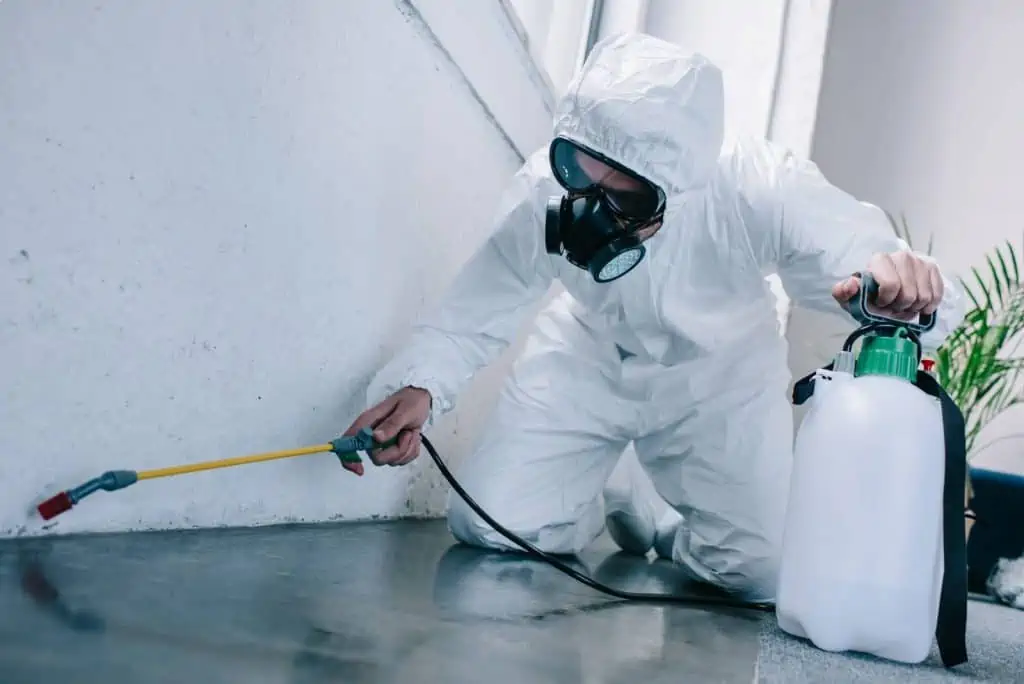Attic Maintenance 101: Keeping Pests and Moisture Out This Winter
Winter is a season when your attic can face serious challenges, from pests seeking shelter to moisture buildup that can damage your insulation and structure. Proper attic sealing, pest prevention, and insulation protection are key to protecting your home from these winter threats. Whether it’s rodents or moisture, these issues can cause significant damage if left unchecked. This guide will walk you through the essential steps to safeguard your attic this winter.
The Risks of Pests and Moisture in Your Attic
Rodents and moisture can wreak havoc in your attic, leading to expensive repairs and potential health risks. Here’s how:
- Rodents in Your Attic: Mice and rats often seek refuge in attics during winter. They chew on wires, insulation, and structures, causing potential fire hazards and insulation damage.
- Moisture Damage: Excess moisture can lead to mold growth, deteriorate insulation, and weaken your home’s structure. Unchecked moisture also encourages pest infestations.
- Energy Loss: Inadequate insulation and pest damage can result in energy loss, making it harder to heat your home efficiently and driving up energy costs.
Key Steps for Attic Sealing and Pest Prevention
- Seal Gaps and Entry Points
Rodents can enter your attic through surprisingly small holes, and moisture can seep in through gaps. Proper attic sealing is essential for keeping your space secure.
- Inspect and Seal Gaps: Check the exterior walls of your attic and around vents, pipes, and chimneys for any holes or gaps. Use caulk, steel wool, or foam insulation to seal these entry points.
- Ventilation and Exhaust Fans: Ensure that vents are properly sealed but also allow for proper air circulation to prevent moisture buildup.
- Protect Your Insulation
Your attic insulation plays a crucial role in maintaining a comfortable home temperature. Moisture and pests can reduce its effectiveness.
- Check for Moisture Damage: Inspect insulation for signs of mold, mildew, or water stains. Replace any compromised insulation to maintain energy efficiency.
- Install Insulation Barriers: In areas prone to excess moisture, such as near the roofline or attic vents, consider installing a moisture barrier to prevent dampness from affecting your insulation.
- Eliminate Pests from Your Attic
Keeping pests out of your attic requires more than just sealing gaps. Here are additional steps for pest prevention:
- Rodent Deterrents: Use natural deterrents like peppermint oil or commercial rodent repellents around the attic to make it less inviting for pests.
- Traps and Baits: If rodents are already present, set traps or use bait to remove them. Be sure to place them in areas that are inaccessible to children and pets.
- Maintain Proper Attic Ventilation
Good ventilation in your attic helps regulate moisture levels, preventing the buildup of dampness that can attract pests and mold.
- Install Attic Fans: To keep air flowing, consider installing an attic fan to help control both temperature and moisture.
- Check and Clean Gutters: Clogged gutters can cause water to pool around your attic, increasing the risk of leaks and moisture infiltration. Clean gutters regularly to ensure proper water flow.
- Perform Regular Inspections
Regular inspections will help you stay on top of potential issues in your attic. Look for:
- Signs of Moisture or Leaks: Check for any visible water stains or damp areas in the attic.
- Rodent Activity: Look for droppings, gnaw marks, or nesting materials that could indicate the presence of pests.
- Damage to Insulation or Wiring: Inspect for damage to your insulation protection or electrical wiring caused by pests or moisture.
Preventing Fire Hazards and Health Risks
Rodents in the attic can also cause fire hazards by chewing through electrical wires, and moisture can encourage mold growth that affects your family’s health. Here’s how to minimize these risks:
- Inspect Electrical Wiring: Ensure that all electrical wiring is intact and protected from gnawing rodents. Replace any damaged wires to prevent the risk of fire.
- Install Smoke and Carbon Monoxide Detectors: Make sure these are in place and functional in your attic, especially near electrical systems and heating equipment.
- Check for Mold: If you detect musty odors or see signs of mold, take immediate action to address the moisture problem and remove the mold.
When to Call Professionals for Attic Maintenance
If you’re unsure about your attic’s condition or if you’ve encountered significant issues, it’s time to call a professional for pest prevention and attic sealing.
- Professional Inspections: Experts can identify hidden moisture issues, pest entry points, and insulation problems that you may have missed.
- Safe Rodent Removal: Professionals can handle rodent infestations safely, using humane traps or professional pest control methods.
- Insulation and Moisture Solutions: If your insulation is compromised or moisture is a persistent issue, specialists can recommend and install appropriate solutions.
Conclusion
Maintaining your attic is essential for protecting your home from pests, moisture, and energy loss during the winter months. Attic sealing, pest prevention, and insulation protection are key steps to keeping your attic in top shape. By following these maintenance tips, you can prevent costly damage, improve your home’s energy efficiency, and ensure a safe living environment for your family.
Don’t wait until it’s too late—schedule a professional attic inspection today to ensure your home stays safe and dry this winter!

